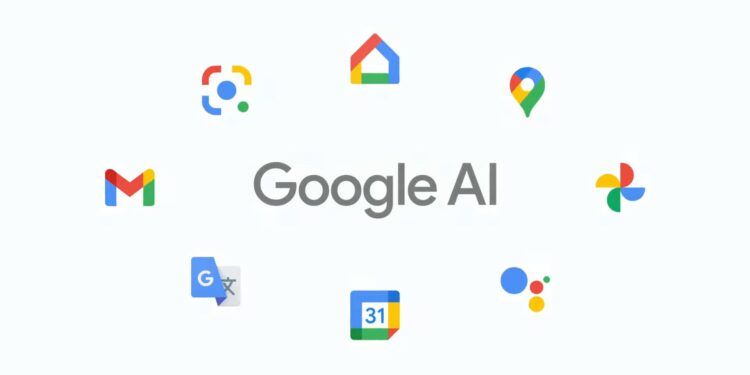Google AI is developing its game by integrating the PaLM API into some Google Workspaces. Depending on the development of technology, we may soon start to see text-to-video content created by Google AI.
Google has opened up access to its 540-billion parameter PaLM API (Pathways Language Model) foundation AI model, allowing developers to generate text and images with the AI tool. The move will make it easier for data scientists to utilize foundation models, allowing businesses to address content generation and chat summarisation use cases with enterprise-level security. PaLM API has been added to the Google Docs and Gmail applications, allowing users to generate content from a simple prompt. Google has also launched a new tool to allow for rapid prototyping.

Google is publishing a generative AI app builder to allow organizations to utilize the power of PaLM API to create chat interfaces and digital assistants similar to ChatGPT, Microsoft’s own Bing Search, and the upcoming Google Bard search AI chatbot. This is the first time PaLM has been openly available as part of the Google Cloud AI portfolio through the PaLM API, initially available in the lower size, more-efficient version but the 500-billion-plus model is likely to be added in the future.
An algorithmic director with Google AI
Google says the Vertex AI platform is already used to develop and deploy ML models and AI applications at scale, but adding PaLM API will allow them to generate text and images, then as the technology develops also produce audio and video as needed. The company also announced new partnerships to expand the AI ecosystem and bring in other AI-focused software providers and start-ups.
Workspace remastered
As well as making generative AI available as an API for developers to incorporate into their own products, Google announced it would be bringing PaLM API to Workspace including Docs and Gmail allowing users to generate responses and copy within the editor. There are already some AI features in Workspace including Gmail’s Smart compose and summaries in Docs but to this point, it hasn’t had the full generative capabilities seen in tools like ChatGPT or Wordtune Spices from AI21 Labs.

A pivotal moment for Google AI
According to Thomas Kurian, CEO of Google Cloud, the move adds access to PaLM API to previously announced LaMDA APIs, which is the model that will power Bard and updates to Google Search. Google Cloud customers will have the ability to discover models, create and modify prompts, fine-tune them with their own data, and deploy applications that use these powerful new technologies.
The company says the future of artificial intelligence (AI) will be open, and new and innovative capabilities in areas like generative AI will come from all corners of the technology ecosystem and from companies distributed around the globe, from early-stage startups to cloud-native AI platforms to large, global enterprises.
Google’s cloud division is following similar announcements from Microsoft around making the large foundation of Google AI models available to developers in Azure and through its own toolsets. Access to large language and foundation AI models is becoming a core feature of cloud infrastructure.

Kurian said the aim was to ensure they were ready for the market, safe and scalable for developers to start building through Google Cloud, describing this as a “pivotal moment” in the company’s AI journey thanks to significant breakthroughs in generative AI that are changing how people interact with technology.
The AI battle is extremely active in the first half of 2023. After GPT-4 became available with ChatGPT, Open AI also maintains its place in the industry. Let’s see if Google can take the right steps to dethrone Open AI.





